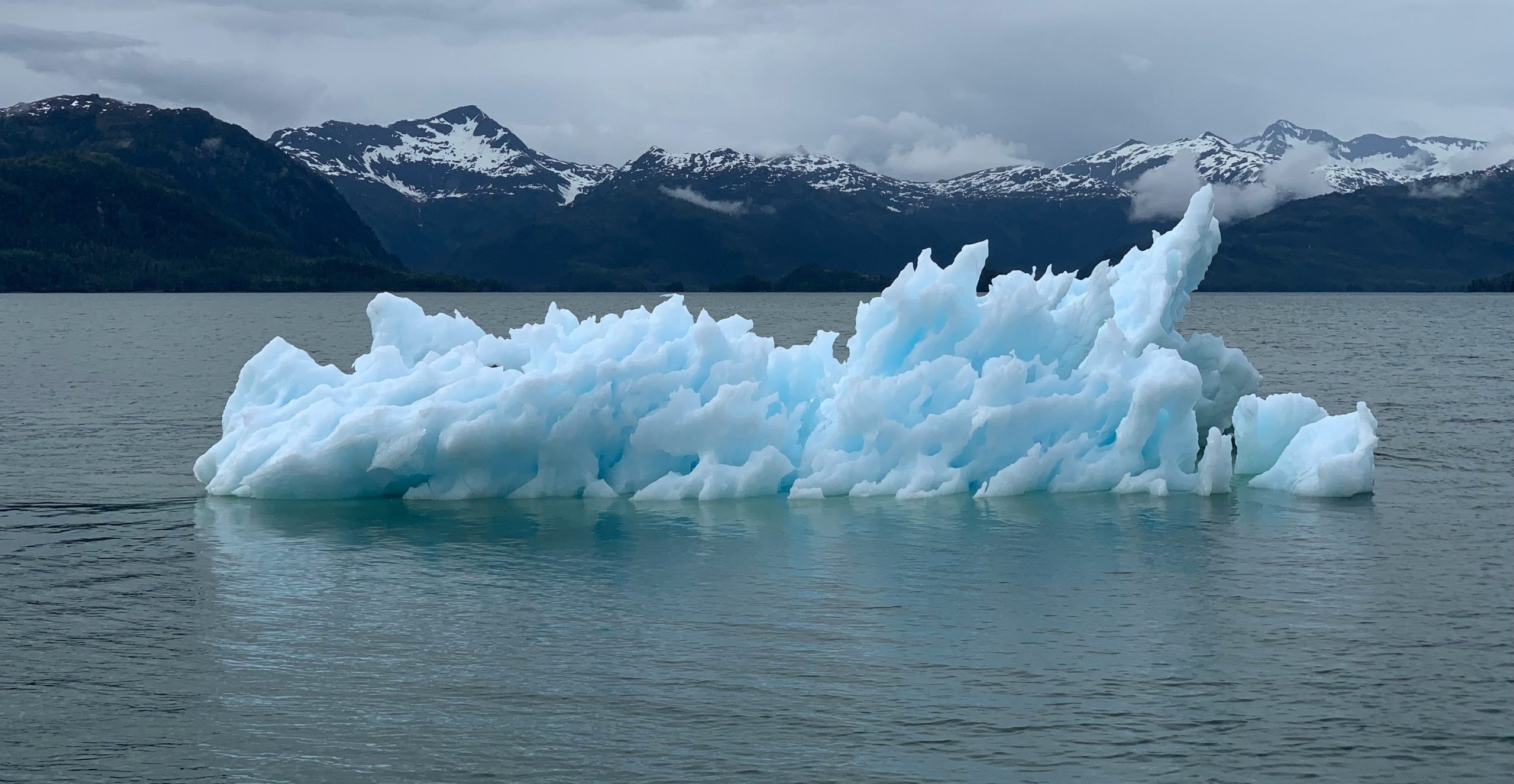Climate change and biodiversity deterioration: an emergency

The stakes
Climate change and biodiversity deterioration are accelerating, mainly as a result of human activity. They directly threaten natural ecosystems and our habitats, weaken the global economy and increase the frequency and severity of climate-related disasters.
Commitments to combat these phenomena are multiplying at the global level, reflecting an increasing awareness of the urgency of the situation among countries, institutions, corporates and citizens. The regulatory requirements linked to the protection of biodiversity and the energy transition are also being strengthened, imposing a strict calendar and a narrow timeframe for curbing these crises and achieving the global warming targets set by the Paris Agreement.
Opportunities
- Investing in renewable energies and developing direct production and distribution channels in the regions.
- Supporting all our customers in their energy transition (responsible mobility, solar power, energy retrofitting, LED lighting etc.) through advice, specific investment and financing solutions, and by investing their savings in ways that help to address the environmental and societal issues.
- Financing investments linked to the energy transition and national and European industrial policies.
- Developing innovative financial solutions in response to new economic models, including sustainable agriculture in particular.
- Improving quality of life in the regions through biodiversity revitalisation.
Key actions
- Reinforcement of our climate strategy to prioritise the financing of low-carbon energy, stop the financing of any new fossil fuel project and consider the financing of energy providers on a case-by-case basis according to their transition commitments.
- Roll-out of the CA Transitions & Énergies (Transitions & Energy) business line, a regional transition consultant and energy provider.
- Development of advice and offers for individuals: solutions for retrofitting homes, a range of loans at preferential rates, “impact” savings solutions, Livret d’épargne Engagé Sociétaire etc.
- For corporates, the multiplication of “green loans” targeting renewable energy, low-carbon asset or transition projects.
- Creation of a €1 billion investment and financing envelope to support agricultural and agri-food transition projects.
- Setting up a low-carbon contribution solution via the platform Carbioz.
- Publication and monitoring of the Net Zero 2050 ambitions to contribute to achieving carbon neutrality by 2050, covering ten economic sectors responsible for the most greenhouse gas emissions and that account for 60% of the Group’s assets.
- Statement on biodiversity and natural capital structured into five priority areas for action.
See also our Environmental strategy.